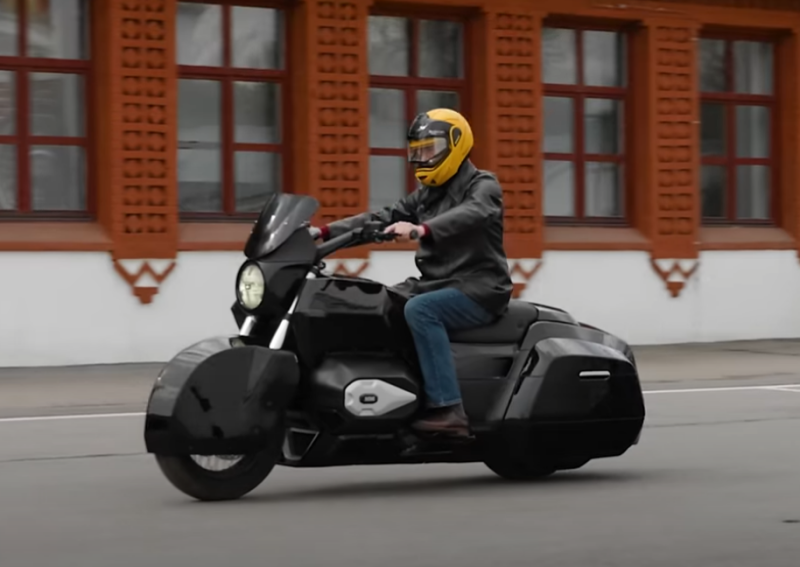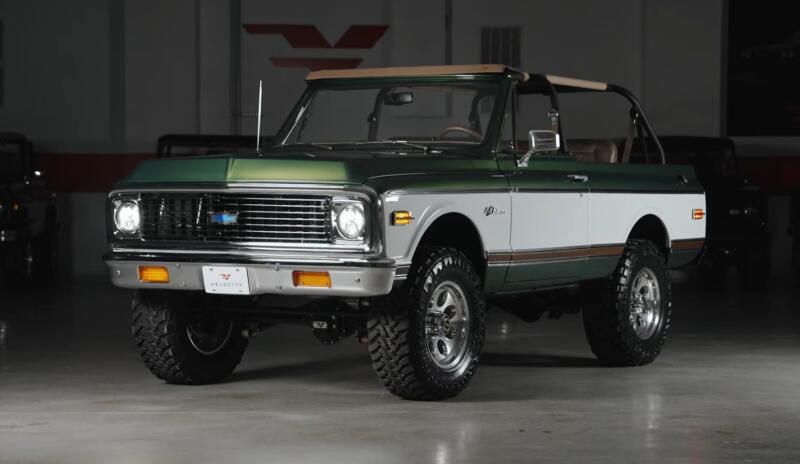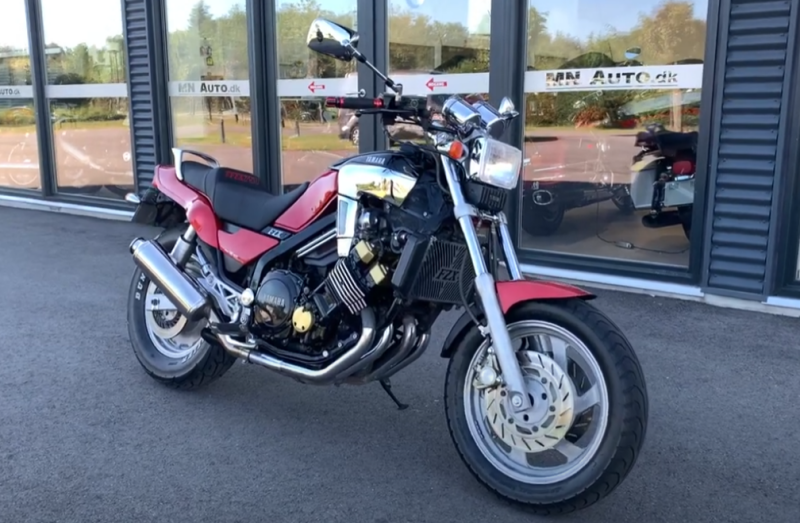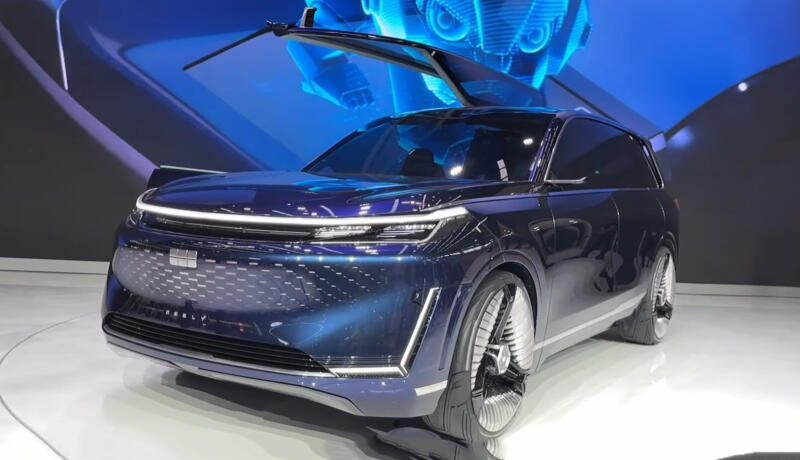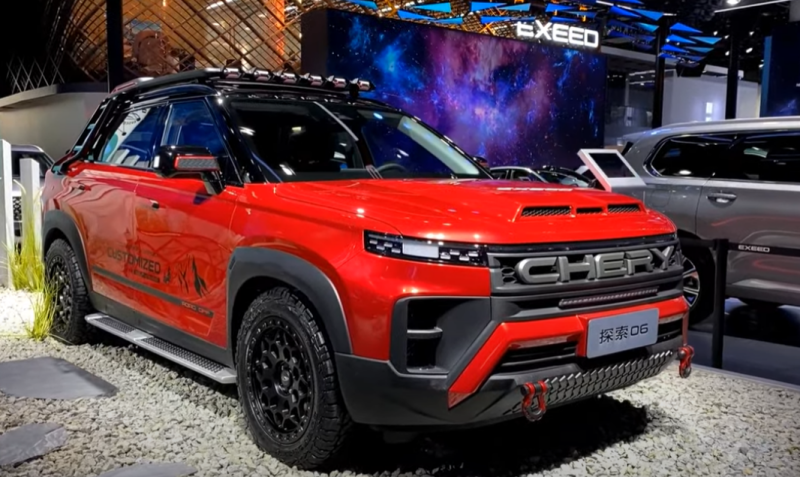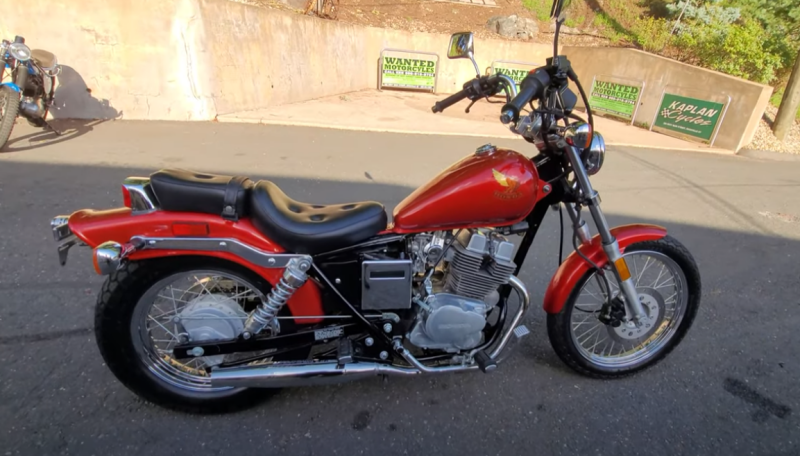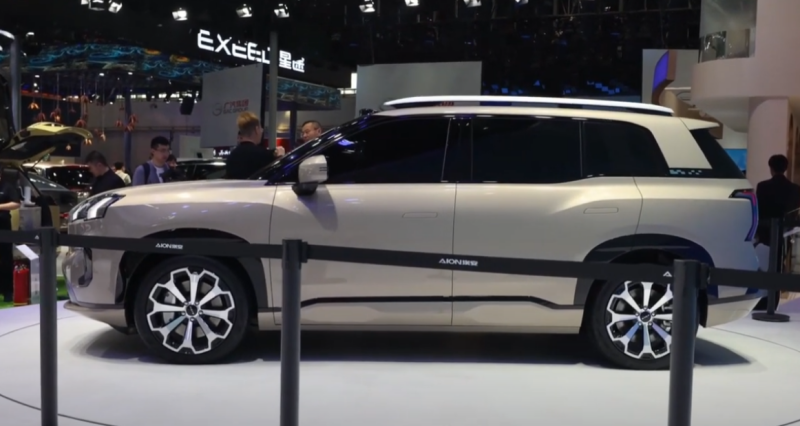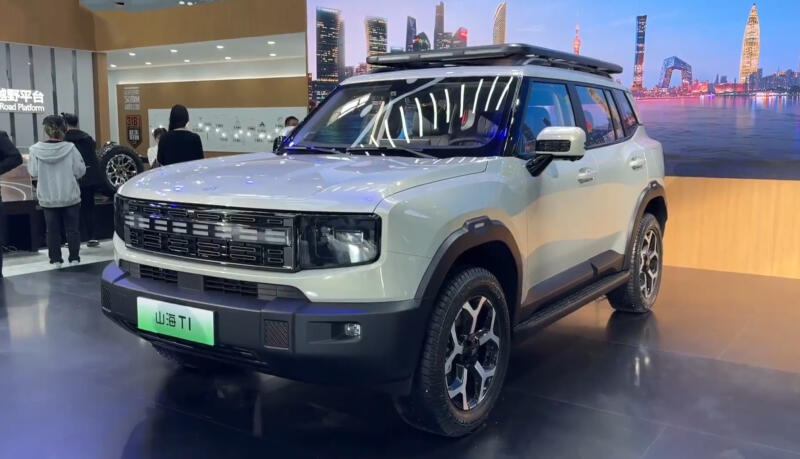The state, almost entirely located on the Jutland Peninsula, has always been a well-developed European territory. The formal ownership of the largest island on earth, Greenland, alone serves as the best confirmation of this. The Danes have achieved certain successes in sports, including such mass sports as football, hockey or bicycle racing.
 Danish Hydrema mining dump truck. Photo: youtube.com
Danish Hydrema mining dump truck. Photo: youtube.comBut the beginning of the transport history of a small country takes us back to the distant 1900. It was then that the earliest manufacturer appeared on its territory - Brems. It was a good and promising start, because a year later another company joined it - Dansk Automobil & Cyclefabrik from Copenhagen. The most ardent optimists predicted no less success for the local auto industry than for their French colleagues. But, unfortunately, it did not come true. By 1907, both local brands were dead.
The only exception to this rule is the DAB bus manufacturing company that appeared five years later. Its history turned out to be much more solid, stretching over a decent 90 years. But, for the sake of fairness, it is worth noting that this was largely facilitated by its absorption by the English Leyland, which occurred in 1953. So, as you can see, the Danes had their own modest equipment manufacturers - we will talk about some of them in this material.
How it all began
The first of them appeared in the ancient Viking settlement of Viborg (not to be confused with the Russian Vyborg). It was there that the talented engineer and entrepreneur Julius Brems opened the start page of the Danish automobile industry. At the very beginning of the journey, everyone was full of enthusiasm and grandiose plans.
On June 5, 1900, a prototype was sent for testing, named after its creator - Brems Type A. It was a modest open stroller with a two-cylinder engine, which, however, was a completely familiar layout for that time.
The two-seater crew received spoked wheels with shock-absorbing tires and a two-speed engine. Its appearance gave the Danes a sense of national pride and hope that they would be able to drive domestic cars in the future. The first prototype had (in addition to those already mentioned) the following characteristics:
✅ maximum speed - 26 km / h
✅ autonomous power reserve – approx. 225 km
✅ consumption – 1 liter / 21 km of travel
However, mass production never happened. The pioneer of the Danish automobile industry was able to produce only individual samples of Brems self-propelled strollers, with a frequency of one copy every 12 months. In 1907, the first production experience came to naught, the last eighth car was presented a year later. Thus ended this page of local transport history.
Other early Danish designs
The fact that at the dawn of the twentieth century the Danes could well become one of the automotive elite is perfectly demonstrated by the fact that a number of specialized enterprises appeared here within just a few years. In 1910, it might have seemed that Denmark would take the lead and become technically equal to at least such countries as the Czech Republic or Hungary. After all, already before the start of the First World War, several factories for assembling various vehicles were opened here:
✅ Dansk (1901-1907) - car company from Copenhagen
✅ Bukh & Gry (1904) – prototype of a car with a 10-horsepower engine
✅ Thrige (1911-1917) – cars (later buses) from Odense
✅ DAB (1912-2002) – production of buses
Dansk Automobil & Cyclefabrik was originally a modest bicycle repair shop in the capital. But at the beginning of the century, an automobile boom began on the continent, in which these guys immediately joined. Having slightly repurposed their enterprise, they began assembling first three- and later four-wheeled cars.
 Leyland DAB sixth generation. Photo: youtube.com
Leyland DAB sixth generation. Photo: youtube.comThe equipment was produced under the Dansk & Christiansen brand, and engines from the German manufacturer Cudell served as drives. Later they tried their hand at manufacturing light buses or trucks. But by 1907 everything had faded away.
Unlike other manufacturers of that period, Dansk Automobil Byggeri A/S (abbreviated DAB) was able to gain a foothold in the market and extend its history until the beginning of the 21st century. It is based in Silkeborg, Denmark, thanks to the technical support of the German manufacturer JW Darr.
The first direction of the company was the assembly of freight vehicles, but later they moved on to passenger vehicles. This happened in the traditional way for that period - by installing bus bodies on ready-made truck chassis. The latter were used from Krupp, Bussing-NAG and other manufacturers.
 Passenger compartment of the DAB 7 Series. Photo: youtube.com
Passenger compartment of the DAB 7 Series. Photo: youtube.comIn order to better gain a foothold in the market and maintain competitiveness, close cooperation with the successful British company Leyland Motors began in 1953. After that, the overwhelming number of buses produced used chassis of English origin.
Since the mid-60s, the company switched to the production of standardized versions of passenger vehicles, intended (primarily) for the Danish capital. This type lasted almost three decades and had:
✅ 7 different models
✅ aluminum bodies
✅ modular designs
All this happened against the background of the company’s takeover by the “senior English comrade”, as a result of which a new brand was born in the mid-70s - Leyland-DAB. Under this brand, in the next decade, articulated buses appeared, designed for use in European cities.
 The dashboard of a 7 Leyland DAB 5-11-TL3/1983 bus. Photo: youtube.com
The dashboard of a 7 Leyland DAB 5-11-TL3/1983 bus. Photo: youtube.comSuccessful development and partnership took a turn in the mid-90s, when the Danish company became a “challenging red banner”. At first, 70% of its shares ended up in the United Bus basket, then in 1995 the Scandinavians from Scania took over the company, changing the brand to Scania A/B, Silkeborg. The history of the original DAB ended in 1999. And three years later, when the plant became the property of the Norwegian Vest Buss AS, the original name was completely abolished.
Local pride - your own supercar
In more recent history, Danish companies can even boast of quite good racing designs and prototypes with electric drive. Of course, this cannot be called mass production; we are not even talking about small-scale production. More often than not, several (or even just one) samples of automotive equipment are meant, but as they say, “no fish, no cancer.” Therefore, local residents have no choice but to be proud of at least such modest successes.
For example, in 1987, El Trans A/S developed the Mini-El city electric car. It was later renamed CityEl and was produced for eight years. After this, the company was bought out by a German investor, and production itself was transferred to the territory of this country.
 Danish supercar Zenvo ST1. Photo: youtube.com
Danish supercar Zenvo ST1. Photo: youtube.comThere is also the fact of assembling special superkarts - more powerful racing versions of such “children’s” equipment. This was done by the company PVP Karting. But a much more serious supercar-type device from Zenvo dates back to 2009. Then its only sample ST1 is shown so far. It continues to be produced in small batches to this day and, I think, deserves a separate presentation. This is what we will try to do in one of the future articles.

